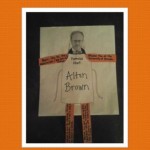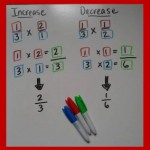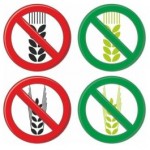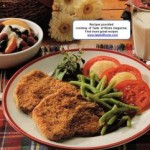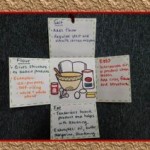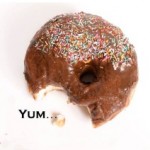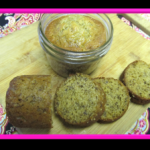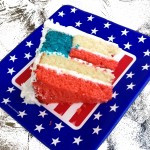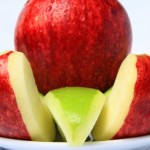
It’s fall, apples are in season and they are relatively inexpensive! Varieties of apples are sold everywhere from roadside stands to grocery stores so why not incorporate them into your foods class? That’s exactly what Jessica Uplinger of Field High School, Ohio did. Jessica created this lesson and lab because she has very large classes and needed a thematic unit where she could divide up her class and have half of them in the kitchen preparing a lab while the other half is engaged with an assignment. The end results? Her students ended up enjoying every aspect of this lesson, especially the labs! Why not give it a try in your foods class?


